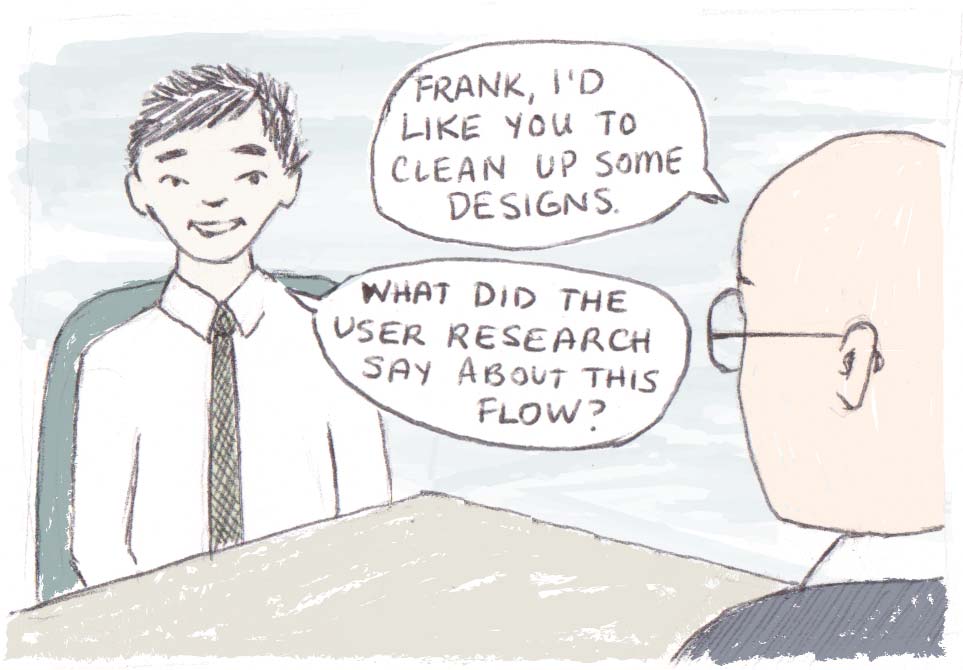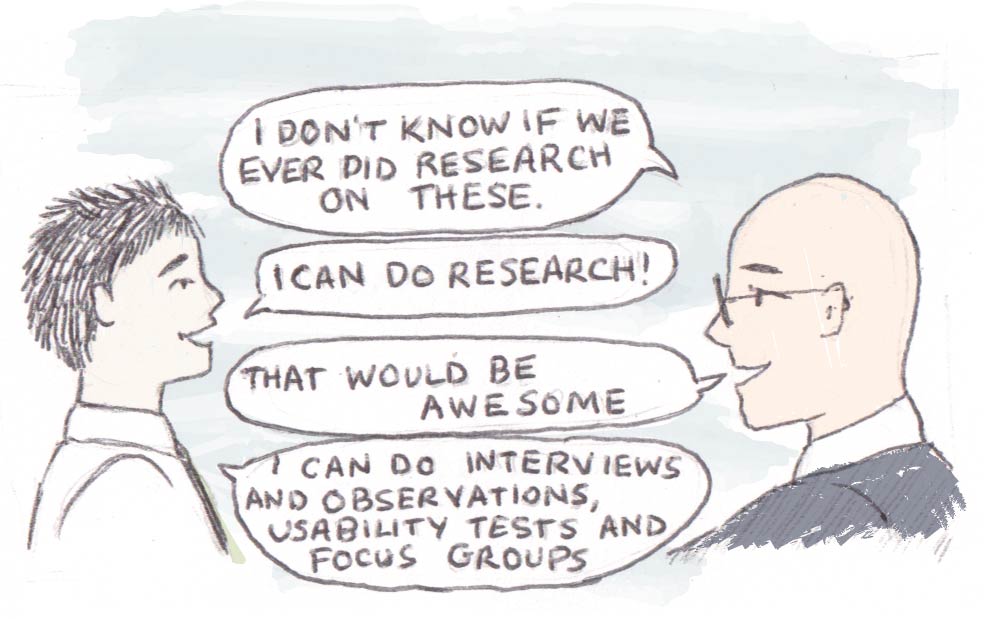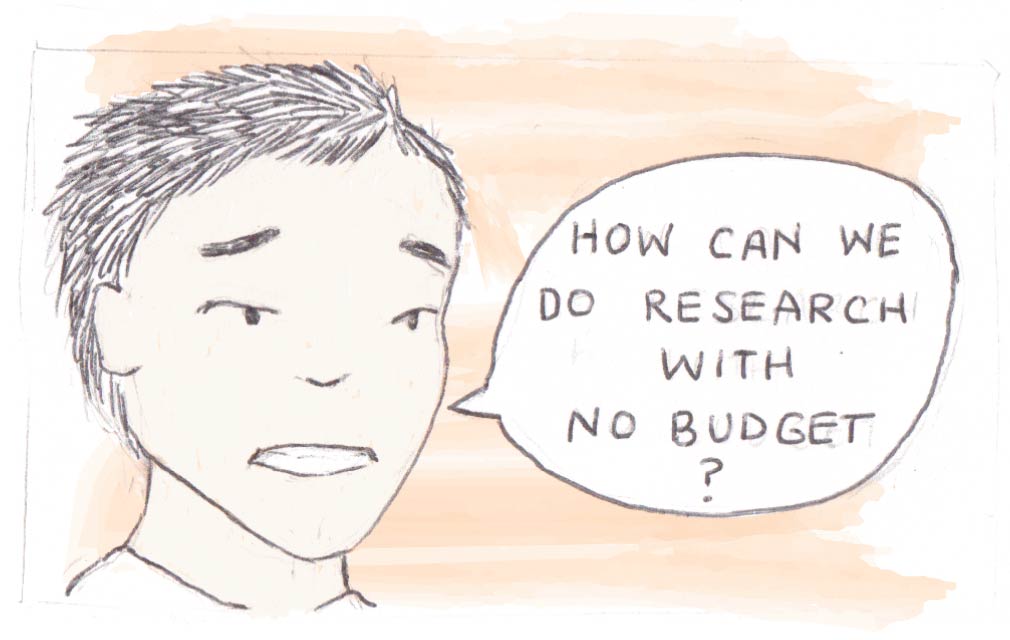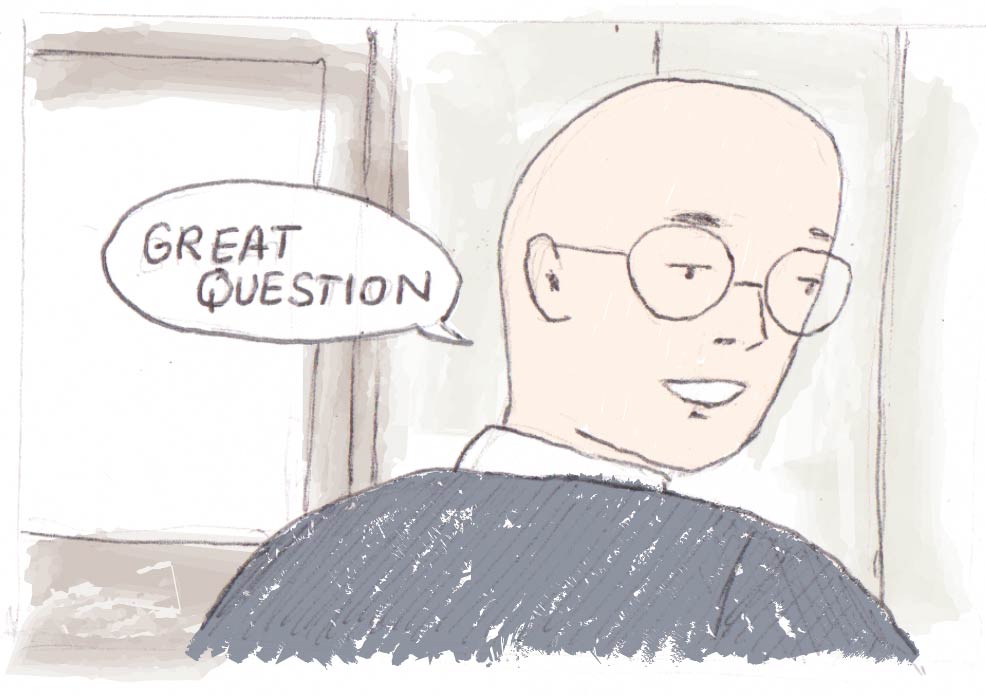Want to do user research but have no (or a very limited) budget?
Does this situation feel familiar to you?
Here are 5 solutions we've sourced from industry pros:
- Filter
-
Org Size
- Large corporation
- Small business
- Startup
- Agency
- Freelance
-
Budget
- No budget
- Low budget
- Medium budget
- High budget
- Unlimited budget
Prioritize Your Methods
Maybe you'd love to do a deep ethnography – but if you have no budget you may want to adjust your method selection criteria so you can get a few quick wins under your belt. Maybe those quick surveys are more effective because you can get through more of them quickly and gain maybe the same insight. You have to really understand your toolkit.
- You have to be able to prioritize your methods. Maybe those quick surveys are more effective because you can get through more of them quickly and gain maybe the same insight. You have to really understand your toolkit Bryan B. - Product Designer @ General Assembly
- We have an in-house usability lab. We have researchers in our larger UX team. They help with usability testing, surveys, usertesting.com, guerilla testing in coffee shops, A/B testing, which we do a crap load of, probably 100 tests a week. Business wants to test things fast for the agile process. We are trying to think about the user. We have access to metrics and connect them to story Sarah K. - Interaction Designer @ Expedia
- Creating a well-formed design problem will lead to the planning and solution. You will find yourself in a better job situation if you understand why you are making choices. Vikram B. - Manager @ Microsoft
- It’s not just about following a research process. There are also expectations that you understand many of the intricacies within the process, such as, defining the research questions that are actually feasibly testable, being able to quickly recognize constraints and what is NOT feasible, and making sure your research design WILL answer the question. Researcher @ Large Corporation
More Resources
Go Guerrilla
Take a walk to the nearest coffee shop and ply potential participants with gift cards and ask for feedback on your app/website/product. While it's critically important to understand who your users are, maybe you can get insights from people outside a very narrow persona/demographic profile. Even if the participants don’t meet your profile, you may uncover usability issues to improve your product. One participant is 100% better than none, right? Our experts share how they do user research on the fly.
- I'd rather sit down with one user than have data from one thousand. Steve Krug
- If you are evaluating if a UX person is successful, look at their step counter. Are they getting out and talking to people? Ario J. - Senior Product Manager @ Amazon
- They didn't have a lab. There's a room that I saw almost never used. I got to take that room over and turn that into the lab. Jonathan B. - UX Researcher @ NBC
- We have some practical problems. We don’t have access to as many users as we would like. Typical process is research followed by waterfall or agile development. We use a guerrilla approach to user research. Review designs with people who have deep understanding of users. We rarely use a classic UCD model at Microsoft. When you read about UCD in a book, it reads well. But in real life, you have to adapt to customer needs, work context, timeline that you have. You might have 3 months for a project, and then you reverse engineer it. User research is iterative. That’s typical. Vikram B. - Manager @ Microsoft
- As a general practice, we try to follow a UCD cycle when we can. It’s definitely depends a lot on the timeline of the project. Sometimes they need it in a week or two. When we can get information, we try to ask as many broad questions so that we can use that later. Anna D. - UX Designer @ Tune
- Applied low cost research where possible or worked with best practices/heuristics when no formal research was possible. Design Manager @ Large Corporation
- Let’s say we’re working on, oh I don’t know, a feature of a product and you’re going to bring somebody in, drag them into the lab and do some usability testing. We could just say, we’ve screened you, you’re good. Sit down, do the tasks, and we’ll see whether it works or not. But why wouldn’t you spend a few minutes learning who they are, more about user context, having a very fast little ethnographic interview at the beginning. You’re mixing methods but you’re learning more so that every time you’re talking to somebody, whether that’s cancer patients or people who buy your product, you’re just continually learning about the scope. It doesn’t mean you’re doing a big ethnographic personas project, but it does mean that at any moment you should be able to sit down and say, let’s look at all the people that we’ve looked at in the last year and say, what do we know about them? You should be able to make personas at any moment because you should be constantly talking to people. And that’s what I mean by user centered design. It’s the user centered part. Whitney Q - Consultant
More Resources
Remote Research
Unable to leave your desk? Remote usability testing (and associated recruiting services) are pretty cheap. Try different methodologies to increase turn around time. There are tons of different online testing services out there. MTurk and UserTesting.com are examples of two services that offer different types of user feedback. If you have a database of users, you can set up regular Skype or Google Hangout calls and use screen sharing to get feedback on the designs. A/B testing is also an option.
- If something is controversial or new, we try to get it tested in the lab before it goes out. Even if the VP of product team has a very specific test he wants and we think it’s bad UX, we ran it for a day to show how bad the conversions were. They were -20% which is terrible. It was on our sales page which has a lot of traffic so the test was short. You’re always going to be fighting for UX. Facts are your strongest argument. Sarah K. - Interaction Designer @ Expedia
- My previous team talked to 5 users over Skype every week. I used to be able to listen in to researchers when I worked in the same department. There’s a big difference when you get to experience someone’s frustrations and joys rather than just read about it. Emily D. - Design Contractor @ Microsoft
- Try different methodologies to increase turn around time. Mechanical Turk, for example. Also broaden reach for types of users. There are limitations on the types of feedback that can be gathered through that system UX Researcher @ Large Corporation
More Resources
Competitive Analysis
Not only does competitive analysis allow you to sharpen your design skills by seeing what else is out there, it can also be fun (and cheap)! Documenting your findings along they way can help later when you need talking points for a presentation about what why you chose one design over another. Understanding the benefits and drawbacks of other people’s designs can help you to better evaluate your own. Looking outside of the typical competitors can give you fresh ideas about how to improve your company’s product.
- When I first started, I sat next to my manager and he would read design blogs. I thought that was really cool that I got paid to read the Internet. We do a lot of competitive analysis, which is something that I didn’t realize would be such a big part of my job. I research online competitors about 10 hours a week. I learned how to do a full tear down. I’m always taking screenshots of stuff, on and off work. I put them in Dropbox. They are good if I need talking points or if you need to argue your point to different business owners. They are pretty receptive, especially to metrics. We look at flows and click path analysis. Sarah K. - Interaction Designer @ Expedia
- In an agile environment I rarely have the time to do studies on small changes anyway. It’s implemented before I get get a study going, so there’s a lot of guesswork and looking at other products’ practices. UX Designer @ Large Corporation
More Resources
Embrace your constraints
All the constraints in this work can make people miserable. Embracing constraints and looking for solutions to the impossible can be a challenging, yet fun part of the process. Adopting this attitude can have a huge impact on your frame of mind. Research is a process of validated learning. Even with constraints, you can still learn about users and even about how to deal with constraints, which will always exist in one form or another (time, money, resources, etc.).
- It’s a wicked problem solving process. Not enough money, time, resources. Designers and managers commiserate about this but I think they secretly find this exciting. How do we make more happen with less? Vikram B. - Manager @ Microsoft
- When I was an intern, I was able to think without constraints. Now I am full-time and have a sense of ownership and responsibilities. Now projects are more from the user side. We plan things and create projects according to feedback from users. My PM says we are going to have this feature done by the end of the year. There’s a more critical timeframe and they expect me to work faster. When I was an intern, I could take 3 months but now I can’t take 3 months. Now I just need to figure out who I should talk to and go do it. Jie L. - UX Designer @ Qumulo
More Resources
Don't see a solution that's worked for you?
Disclaimer: Of course, we know there are no cookie cutter solutions.
Not all this advice will work for you. It really depends on your context and constraints. We have talked to dozens of established professionals to get their suggestions. Whether you're working in a startup, an agency, a corporation, or you’re going it alone, the suggestions above might help you out.






